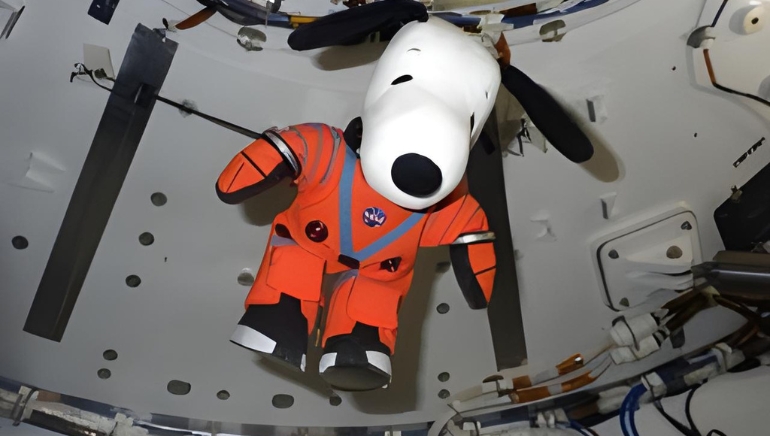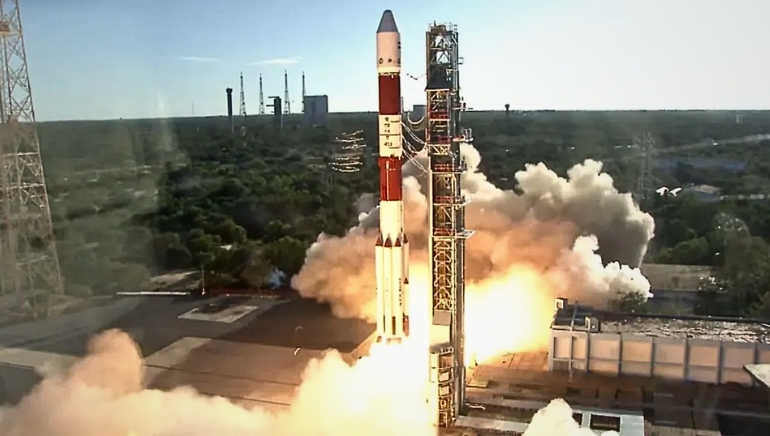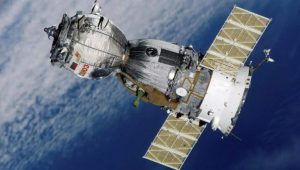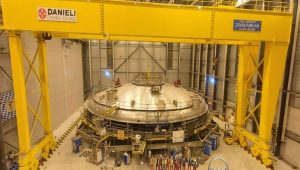NASA is seeking designers from around the world to create a special zero-gravity indicator that will travel with astronauts on the Artemis II mission. These little, soft things act as visual cues, signaling the move into space. The chosen design will float within the Orion spacecraft when the crew begins their voyage around the Moon.
The competition, which runs until May 27, seeks innovative proposals that represent NASA’s Artemis campaign, space exploration, or scientific discovery. The design must meet specific material and size requirements. A maximum of 25 finalists, including young kids, will be selected. The Artemis II crew will select the final winning design, which NASA’s Thermal Blanket Lab will build for flight.
NASA astronaut and Artemis II commander Reid Wiseman emphasised the need for citizen participation. “This mission is for everyone, and we want to bring the world along with us,” he said. The selected indicator will accompany astronauts Reid Wiseman, Victor Glover, Christina Koch, and Jeremy Hansen as they go beyond the Moon.
As Artemis II preparations continue, engineers have finished stacking the SLS rocket boosters, bringing humanity closer to launching its next step in lunar exploration.























